Rowing the Eternal Sea

Masato planning a statue in the work area facing the reclaimed land
Rowing the Eternal Sea
The Story of a Minamata Fisherman
By Oiwa Keibo
Narrated by Ogata Masato
Translated by Karen Colligan-Taylor

ROWMAN & LITTLEFIELD PUBLISHERS, INC.
Published in the United States of America
by Rowman & Littlefield Publishers, Inc.
4720 Boston Way, Lanham, Maryland 20706
www.rowmanlittlefield.com
12 Hids Copse Road, Cumnor Hill, Oxford OX2 9JJ, England
Copyright 2001 by Rowman & Littlefield Publishers, Inc.
All photos copyright Oiwa Keibo, except for photo on page 107 by Akutagawa Jin, photo on page 4 by Shiota Takeshi, and on pages 19, 30, 45, 81, 86, 112, 139, and 169, photographer unknown.
The Japanese characters on the part opener pages represent Tokoyo no fune, which means boat to, or of, the Eternal World, a time and place where the past, present, and future are one.
All rights reserved. No part of this publication may be reproduced, stored in a retrieval system, or transmitted in any form or by any means, electronic, mechanical, photocopying, recording, or otherwise, without the prior permission of the publisher.
British Library Cataloguing in Publication Information Available
Library of Congress Cataloging-in-Publication Data
Oiwa, Keibo.
[Tokoyo no fune o kogite. English]
Rowing the eternal sea : the story of a Minamata fisherman / by Keibo Oiwa ; narrated by Masato Ogata ; translated by Karen Colligan-Taylor.
p. cm. (Asian voices)
Includes bibliographical references and index.
ISBN: 978-0-7425-0021-1 ISBN 0-7425-0021-7 (pbk. : alk. paper)
1. MercuryToxicology. 2. WaterPollutionJapanMinamata-shi. 3. MercuryEnvironmental aspectsJapanMinamata-shi. I. Ogata, Masato, 1953II. Colligan-Taylor, Karen. III. Title. IV. Series.
RA1231.M5 .O504 2001
615.925663dc21
2001040427
Printed in the United States of America
 The paper used in this publication meets the minimum requirements of American National Standard for Information SciencesPermanence of Paper for Printed Library Materials, ANSI/NISO Z39.481992.
The paper used in this publication meets the minimum requirements of American National Standard for Information SciencesPermanence of Paper for Printed Library Materials, ANSI/NISO Z39.481992.
We dedicate this book to the fond memory of our common friend, Higa Yasuo (19382000), a great photographer, ethnologist, and philosopher, who helped us see the invisible.
Oiwa Keibo and Ogata Masato
Contents
Karen Colligan-Taylor
Ishimure Michiko
Oiwa Keibo
Acknowledgments
I would like to express my special gratitude to Karen Colligan-Taylor, who firmly believed in the significance of this project and worked diligently to offer a superb translation, and to Mark Selden, who patiently guided me along the long, winding path since the very beginning of this project. I am convinced that Karen and Mark are the best collaborators that I could possibly have found for this project. It has been my honor and pleasure to work with Susan McEachern of Rowman & Littlefield, our publisher; Ishimure Michiko, who generously offered the beautiful prologue; and Ogata Sawako, who made me feel at home on my numerous visits to Minamata. Photojournalists Akutagawa Jin and Shiota Takeshi, and the Soshisha Minamata Disease Center kindly contributed their photographs to this book.
I am deeply grateful for the indispensable help and guidance of the following individuals: Nina Kahori Fallenbaum, Thom Richardson, David Suzuki, Nakamura Ryuichi, Anja Light, Ogata Magumu, Yanagimoto Mari, Fujimoto Susumu, Fujimoto Akiko, Kurihara Akira, Kyoko Selden, Baco Ohama, Brenda Andrews, Loretta Todd, and Ori Arisa.
I am fortunate to be a member of the faculty of International Studies at Meiji Gakuin University, which has always been supportive of my research projects.
Finally, I thank Ogata Masato for being my friend and for being the human being that he is.
Rowing the Eternal Sea is a revision and update of Tokoyo no fune o kogite, by Ogata Masato and Tsuji Shinichi (pen name of Oiwa Keibo) (Yokohama: Seori Shobo, 1996). This is Ogata Masatos story as told to Oiwa Keibo over a period of several years. Oiwa Keibo edited and structured transcriptions of taped interviews; Ogata Masato commented on and approved the final narrative form.

The Shiranui Sea: an inland sea bordered by Kyushu and the Amakusa Islands. Minamata is located on the ragged southern coast of the Shiranui Sea, where the many inlets and coves provide suitable spawning grounds for fish and shellfish.
Translators Introduction
Karen Colligan-Taylor
It was in 1953 that villagers in fishing hamlets near Minamata City, on the west coast of Kyushu, Japan, first noticed their cats dancing madly. How could they know that this bizarre performance was the prelude to an environmental disaster that would grow to stigmatize their region and define their lives? That same year Ogata Masato was born to a hard-working family that made its living from the rich waters around Minamata Bay. Unaware of the disease that would soon strike the family, none of its members would have dreamed that the fish that sustained them would bring debilitation and death. For thirty-six years, from 1932 to 1968, Chisso Corporation, in the vanguard of Japans chemical industry, used mercuric sulfate as a catalyst in the production of acetaldehyde, releasing methyl mercury in its untreated effluent. Entering the marine ecosystem, mercury was taken up in the food chain, its concentration greatly magnified at each higher level, first in plankton and sea-bottom organisms, then in fish, and finally in cats, birds, and humans.
In Rowing the Eternal Sea, Masato offers a personal history of Minamata diseasemethyl mercury poisoningas he describes the impact of industrial pollution on his own life, his extended family, and the fishing culture of the Shiranui Sea. However, his story is bigger than one man or one incident, and it raises questions we would do well to consider as benefactors of modern industry and technology.
Think about the difference between kiroku (a record, document) and kioku (memory), said Masato, speaking earnestly as he drove. The narrow winding highway skirted the sea for fifteen miles from Minamata to Masatos home in Kochidomari, a fishing hamlet of eleven households in the village of Meshima. Once you record an event (kiroku shiteshimau), both the event and the act of documentation are considered complete and final, a part of the
The Minamata tragedy began, Masato suggests, when people stopped seeing their fellow humans as human beings. The episode mirrors the society that produced it. National policy drove Chissos corporate philosophy and growth. In 1908, Chissos parent company, Nippon Chisso Hiryo (Japan Nitrogen Fertilizer), was established in a merger of Nippon Carbide and Sogi Electric in a fishing hamlet at the mouth of the Minamata River. Local leaders welcomed this new enterprise as a replacement for the regions principal cash-earning industries, salt productionwhich had just been declared a government monopolyand the transport of coal to regional mines, now supplied with hydroelectric power. In this poor, seaside district Chisso proceeded to build a castle town, which attracted labor and service industries from outlying districts.
Next page

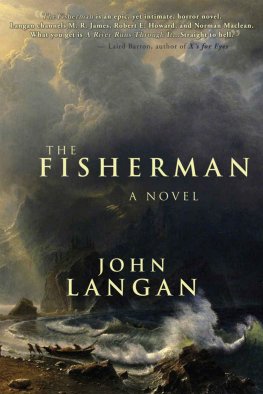
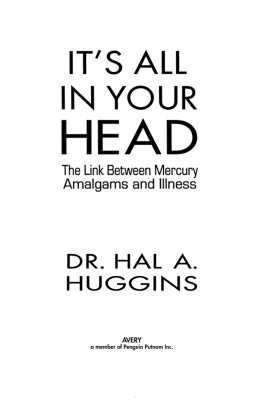
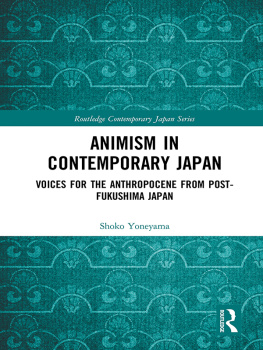
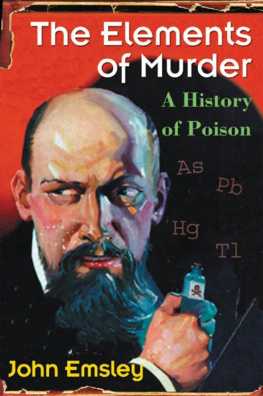
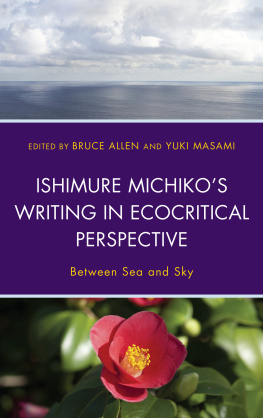
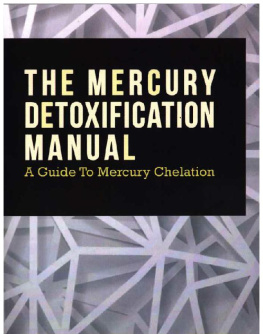
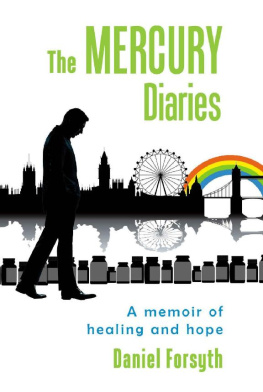
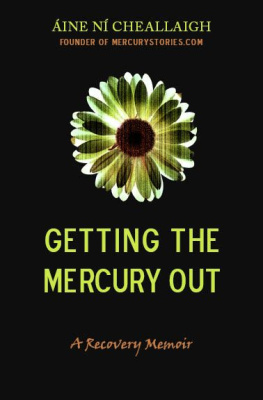
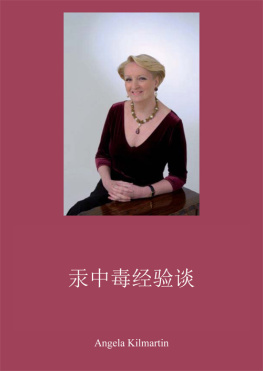
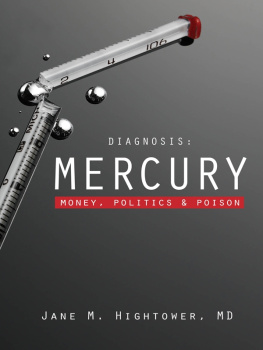



 The paper used in this publication meets the minimum requirements of American National Standard for Information SciencesPermanence of Paper for Printed Library Materials, ANSI/NISO Z39.481992.
The paper used in this publication meets the minimum requirements of American National Standard for Information SciencesPermanence of Paper for Printed Library Materials, ANSI/NISO Z39.481992.